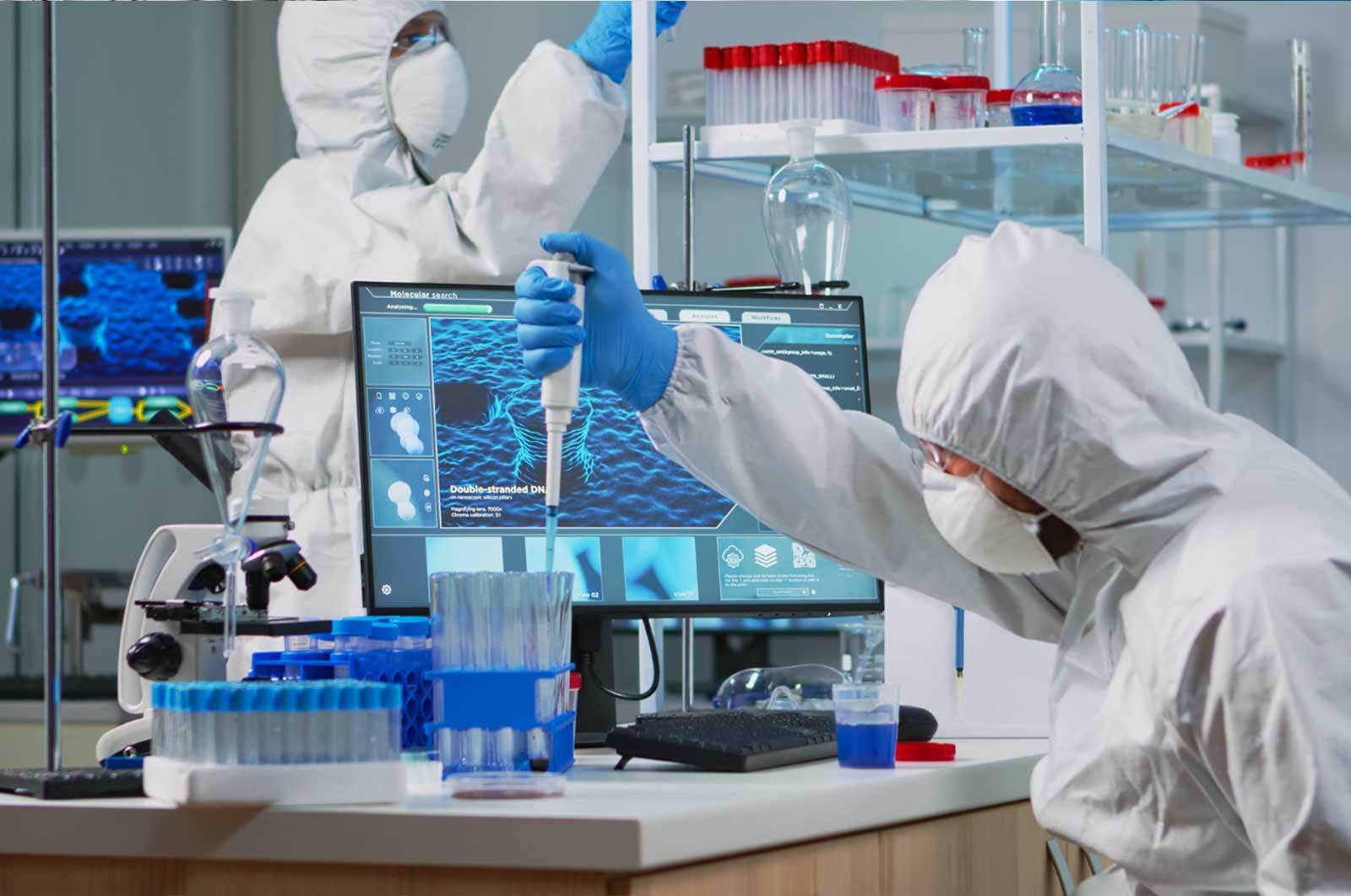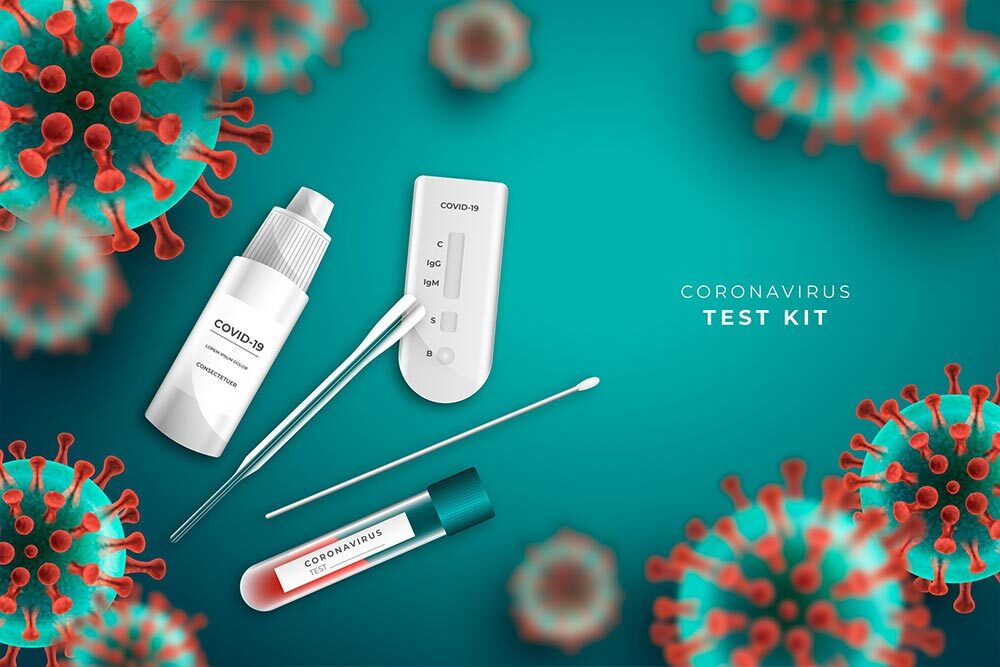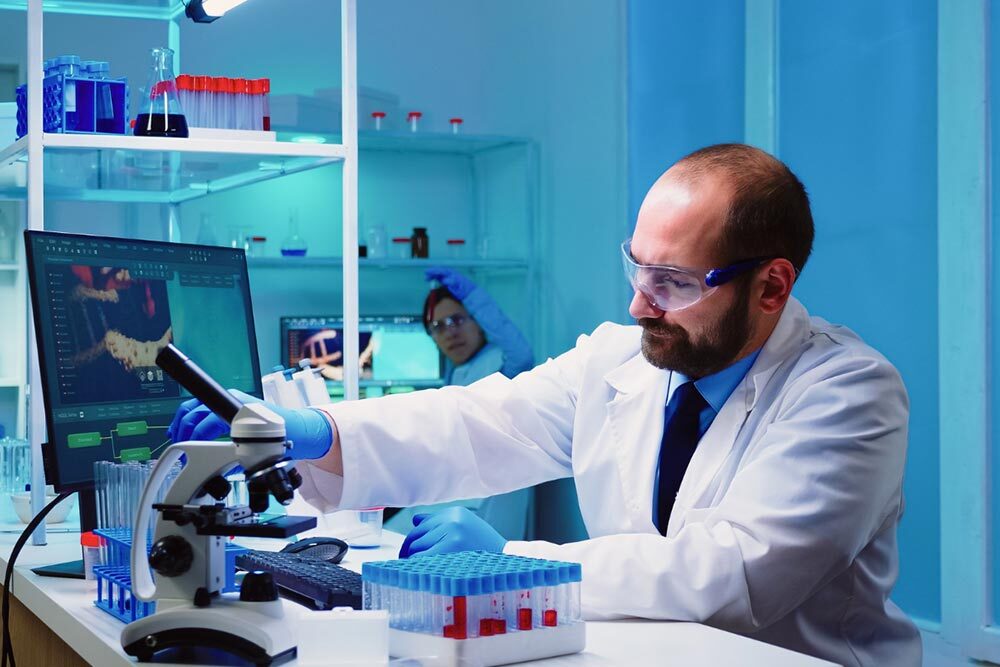Laboratory Testing Strategies by WHO for COVID-19
Laboratory Testing Strategies by WHO for COVID-19
Have Any Questions?
If you have any query or looking for the best medical laboratory then Bio Covid Lab is always there. feel free to Contact.
What WHO Says About Covid-19
Coronavirus Disease 2019 (COVID-19) is caused by severe acute respiratory syndrome coronavirus 2 (SARS-CoV-2). COVID-19 was identified in December 2019 and declared a global pandemic by the World Health Organization in March 2020.
WHO has published laboratory testing guidance for COVID19 in suspected human cases. Recognizing that the global spread of COVID-19 has dramatically increased the number of suspected cases and the geographic area where laboratory testing needed to be implemented, intensified COVID-19 molecular testing has led to shortages of molecular testing reagents globally for COVID-19 and for other molecular diagnostics. Beyond supply issues, there are significant limitations of absorption capacity in many regions, especially in low- and middle-income countries.
WHO has published laboratory testing guidance for COVID19 in suspected human cases. Recognizing that the global spread of COVID-19 has dramatically increased the number of suspected cases and the geographic area where laboratory testing needed to be implemented, intensified COVID-19 molecular testing has led to shortages of molecular testing reagents globally for COVID-19 and for other molecular diagnostics. Beyond supply issues, there are significant limitations of absorption capacity in many regions, especially in low- and middle-income countries.

WHO Testing Strategy Recommendations
As part of the Strategic Preparedness and Response Plan, WHO developed testing strategy recommendations. The foundation of this strategy is threefold:
- All countries should increase their level of preparedness, alert, and response to identify, manage, and care for new cases of COVID-19; laboratory testing is an integral part of this strategy.
- Countries should prepare to respond to different public health scenarios, recognizing that there is no one-size-fits-all approach to managing cases and outbreaks of COVID-19.
- Each country should assess its risk and rapidly implement the necessary measures at the appropriate scale and prepare for a testing and clinical care surge to reduce both COVID-19 transmission and economic, public health, and social impacts.
Good Laboratory Practices Produce Accurate Results
Good laboratory practices that produce accurate results are key to assure that laboratory testing benefits the public health response. The availability of timely and accurate results can be threatened when testing demands outstrip capacity, such as when:
- There is a backlog for testing and it is no longer possible to turn around results within 24 to 48 hours.
- The demand for laboratory reagents exceeds the capacity for supply.
- The number of incoming samples exceeds the capacity for safe pretesting storage.
- Critical staff become infected or are otherwise unable to perform their duties (e.g. being in quarantine).
- Laboratory instruments can no longer be serviced or properly maintained.


Prioritized Testing Strategies
As the virus does not respect borders, a country can simultaneously have areas with no cases and areas with community circulation. Thus, different testing strategies might be needed within the same country.
For areas within a country with no circulation, the objectives remain to test all suspected cases in an effort to detect first cases in new areas or settings as rapidly as possible, and take immediate measures to prevent (further) spread in that region.
Testing in areas with community transmission and in settings where testing capacity cannot meet needs must be prioritized. This prioritization should focus on the early identification and protection of vulnerable patients and health care workers. Focused testing in health care facilities ensures that infection prevention and control measures can be correctly implemented such that vulnerable patients who do not have COVID are protected from nosocomial COVID-19 infection. Testing among vulnerable populations and risk groups will be important for early treatment to minimize progression to severe disease. Results of testing of specific populations (e.g. patients requiring hospitalization for respiratory disease) can give a rough estimate of the size of the outbreak in the area and be used to monitor trends.
For areas within a country with no circulation, the objectives remain to test all suspected cases in an effort to detect first cases in new areas or settings as rapidly as possible, and take immediate measures to prevent (further) spread in that region.
Testing in areas with community transmission and in settings where testing capacity cannot meet needs must be prioritized. This prioritization should focus on the early identification and protection of vulnerable patients and health care workers. Focused testing in health care facilities ensures that infection prevention and control measures can be correctly implemented such that vulnerable patients who do not have COVID are protected from nosocomial COVID-19 infection. Testing among vulnerable populations and risk groups will be important for early treatment to minimize progression to severe disease. Results of testing of specific populations (e.g. patients requiring hospitalization for respiratory disease) can give a rough estimate of the size of the outbreak in the area and be used to monitor trends.
